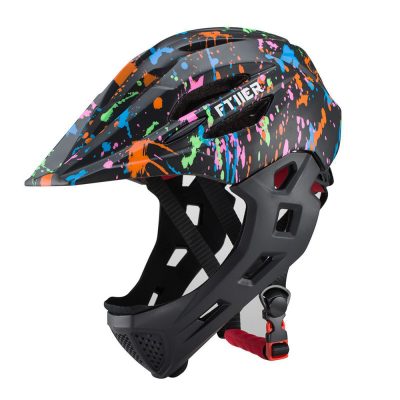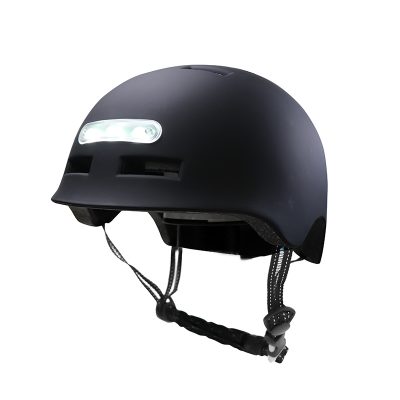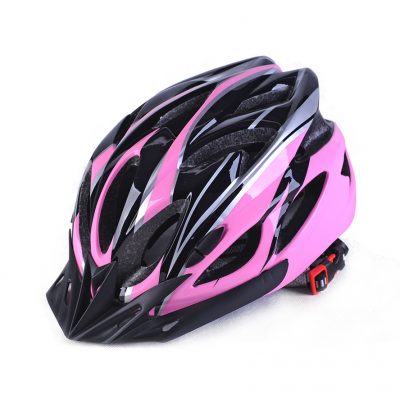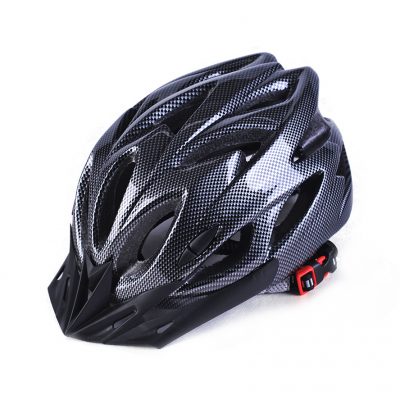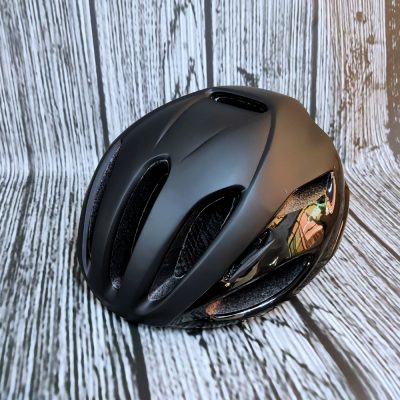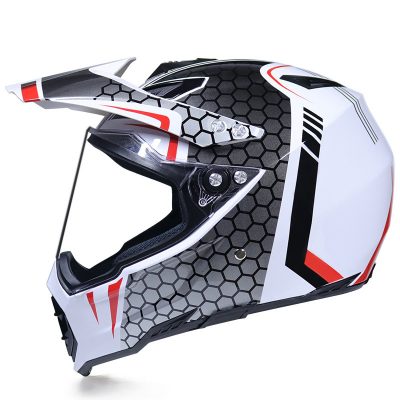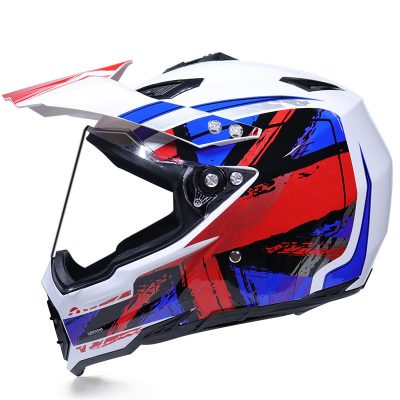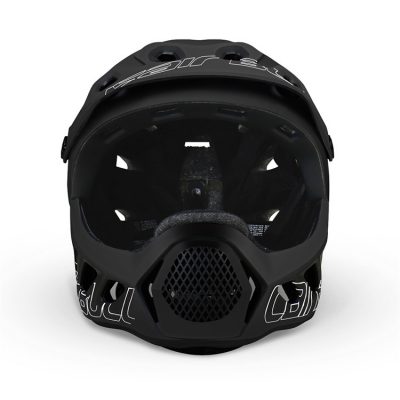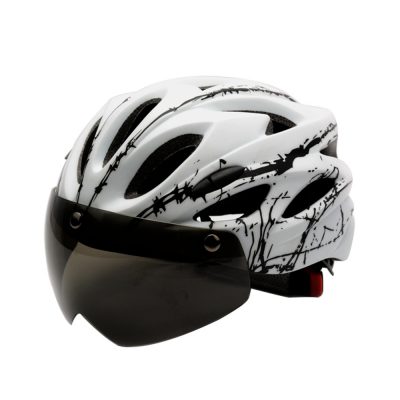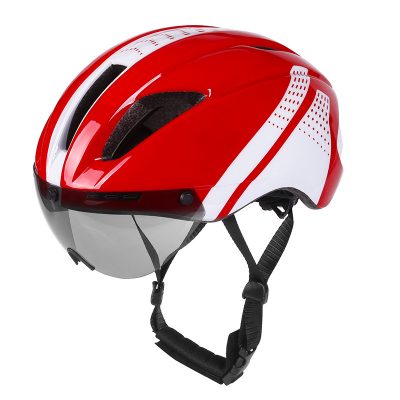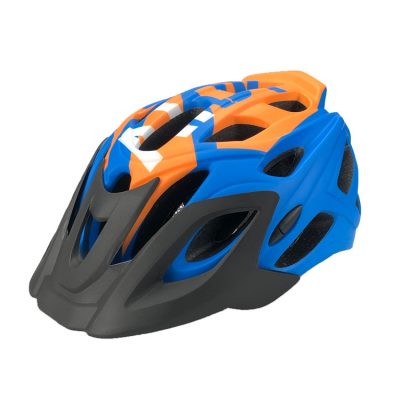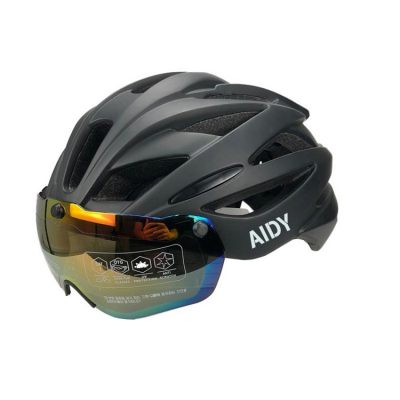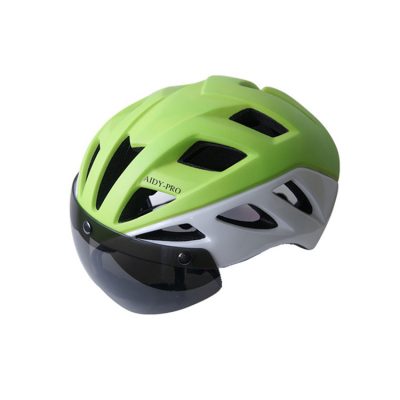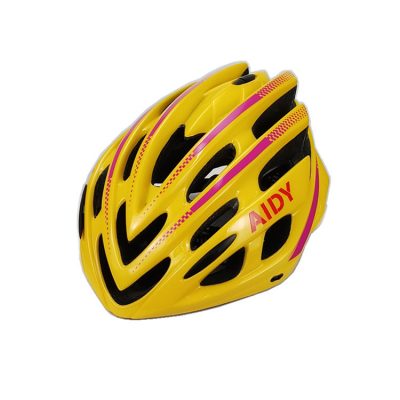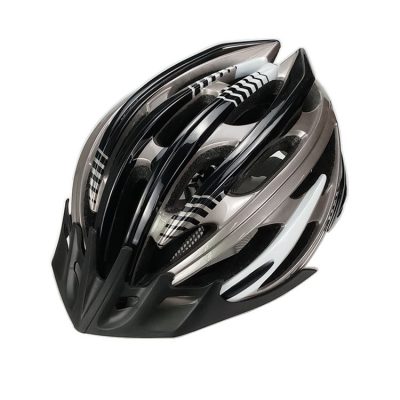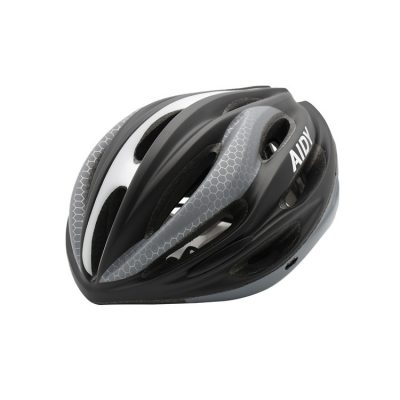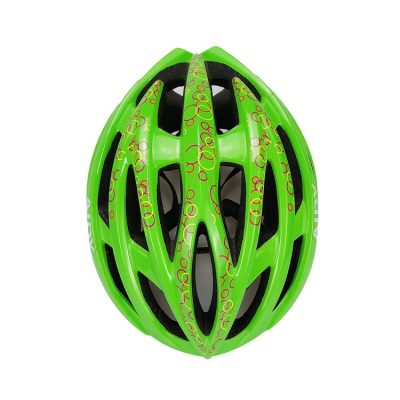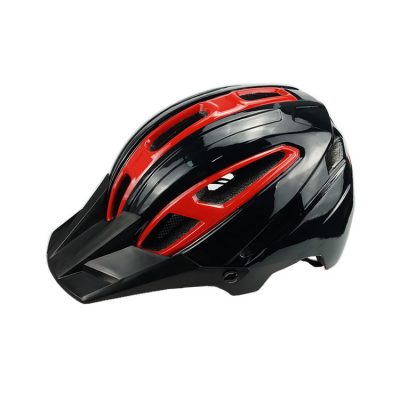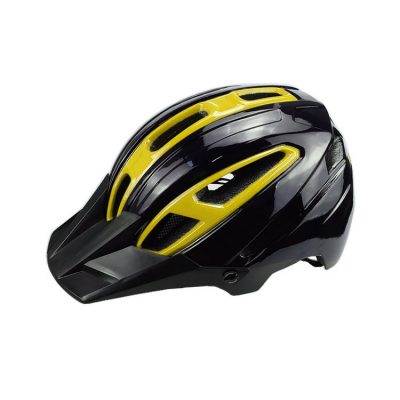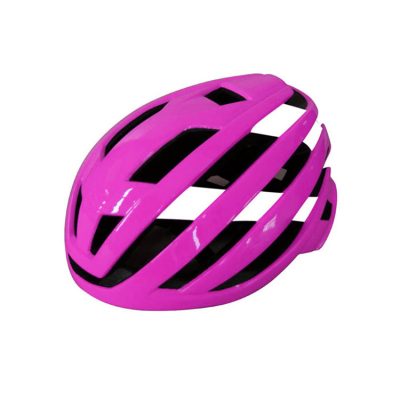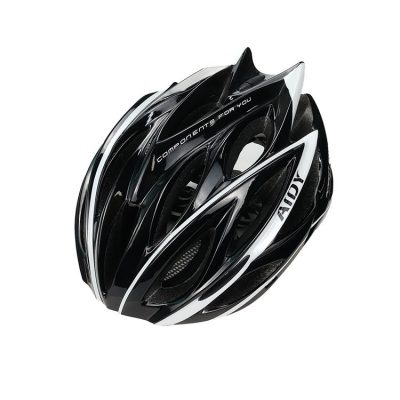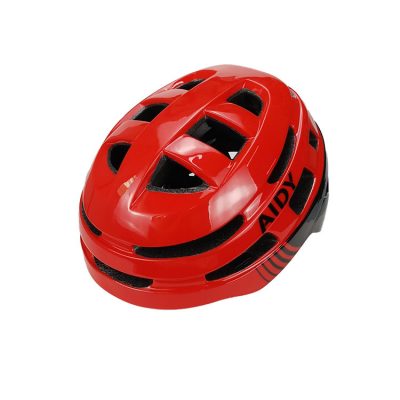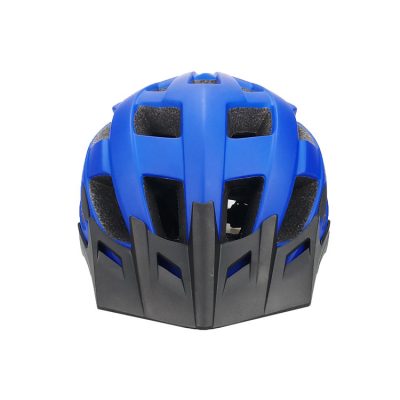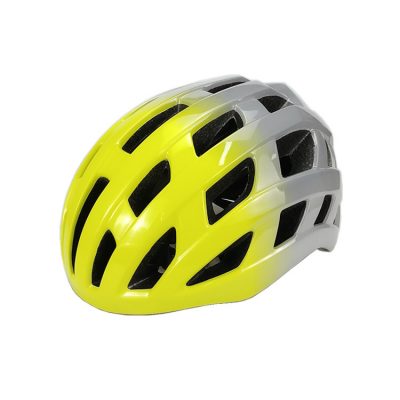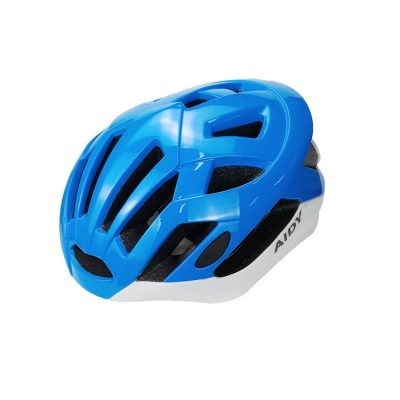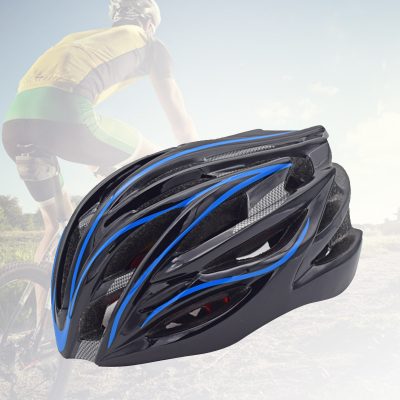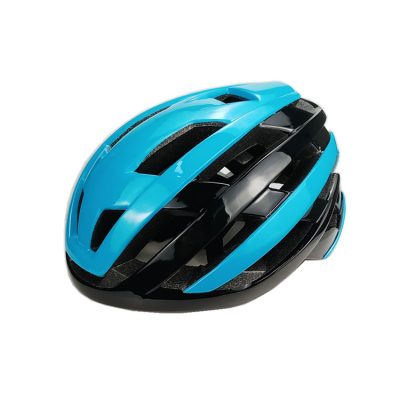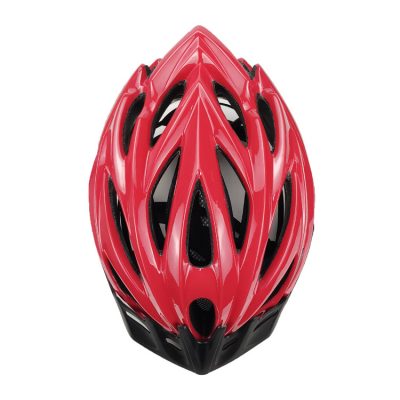Principles of Bicycle helmet
The working principle of the riding helmet is to play a protective role by absorbing the impact of the collision. In other words, every cycling helmet has a foam inner layer. In the event of an accident, the foam inner layer will cushion the collision to reduce accident damage. Traditionally, many riding helmets are made of EPS (Expanded Polystyrene) materials. Once the EPS foam is crushed and deformed in an accident, it cannot be recovered and used again. In addition, there are helmets with an inner layer made of EPP (Expanded Polypropylene) foam. Although EPP foam can be used again after being impacted, its impact absorption strength is far less than EPS foam. Therefore, after years of research and improvement. A new type of multi-protective foam Tau Re Up that combines EPS and EPU (polyurethane) was born. Not only that, carbon fiber is used in many riding helmets to reduce the weight of the helmet.
How to wear a bicycle helmet
1: Open the strap.
2: Place the helmet horizontally on your head and slowly tighten the straps until you feel comfortable.
3: Adjust the strap under the ear.
4: After adjusting the straps, tighten the straps to fit your chin.
After you have completed the above operations, make sure that the helmet does not move more than 1 inch (1 inch = 2.5400 cm), and make sure that the helmet will not fall off without loosening the straps.


